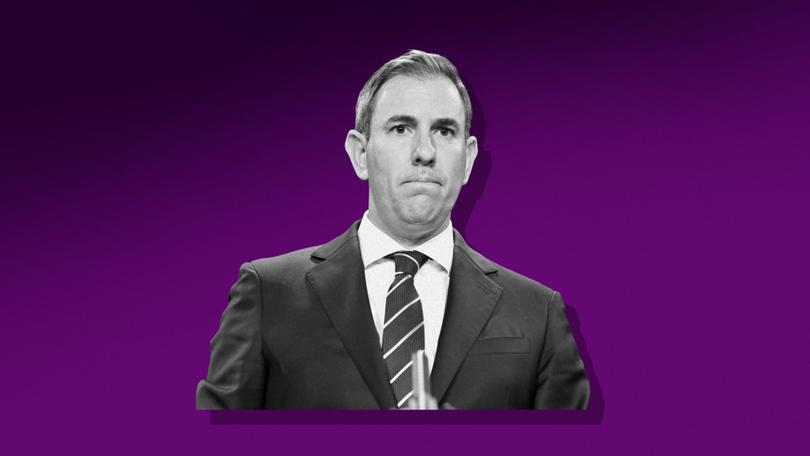Inflation figures unchanged at 2.1 per cent as CPI numbers dash hopes of early rate cut

New data from the Australian Bureau of Statistics shows that inflation has failed to drop in the month of October in a sign that prices are yet to come under control.
The headline figure of 2.1 per cent is broadly in line with economist forecasts but the more important trimmed mean, which excludes one off items has ticked up to 3.5 per cent from 3.2 per cent.
Inflation has been the key concern of Australia’s Reserve Bank in determining when to cut rates, with the latest minutes from the November meeting showing that the Board was concerned that underlying inflation had still remained too persistent over the year to give them comfort.
Sign up to The Nightly's newsletters.
Get the first look at the digital newspaper, curated daily stories and breaking headlines delivered to your inbox.
By continuing you agree to our Terms and Privacy Policy.In the September quarter, headline inflation grew by 0.2 per cent, equating to an annual inflation rate of 2.8 per cent — but that figure was significantly assisted by the Federal Government’s energy rebates.
The data of more interest to the RBA, however, is the trimmed mean, which excludes one-offs such as rebates. That data showed inflation at 3.5 per cent, down from 4 per cent in the June quarter but still above the RBA’s target range of 2 to 3 per cent inflation. In deciding to hold rates steady last month, RBA said it would need to see “more than one good quarterly inflation outcome to be confident that such a decline in inflation was sustainable.” Today’s 3.8 per cent result will give more reason for the RBA to pause.
The largest rises contributing to the trimmed mean figures were services, including insurance and financial services, and education, both up 6.3 per cent.
Christian Baylis, chief investment officer for Fortlake Asset Management, and a former RBA economist said the figures were not positive for a rate cut.
“Sticky underlying services inflation is ruining the party for the RBA,” he said.
“The RBA are really starting to look like the one of the few central banks that won’t be able to find a reason to cut anytime soon. This confirms the risk of potentially no cuts in 2025.”
The figures also showed how tough things are becoming for everyday Australians from a cost of living standpoint and demonstrated a tale of the have and the have nots.
Items excluded from the trimmed mean figures included an 8.5 per cent rise in the price of fruit and vegetables, driven by lower supply for avocados, berries, and vegetables such as cucumber and broccoli.
Food prices overall rose by 3 per cent with rises in the price of bread and cereals, meat and seafood and, and non-alcoholic beverages.
Rents are growing at 6.7 per cent annually, largely unchanged. Headline rent was lower, offset by an increase in government rent assistance. Rent prices would have increased 0.5 per cent otherwise due to low vacancy rates and tight rental markets in most capital cities.
Spending on recreation jumped to 4.3 per cent from 2.4 per cent, driven by 8 per cent annualised inflation in holiday travel and accommodation from 2.4 per cent last month.
The largest declines in prices were in transport, thanks to a decline in fuel prices to 11.5 per cent year on year.
Energy price rebates have been particularly impactful on the headline figures according the ABS. State and government rebates have helped drive energy prices down by 35.6 per cent in the 12 months to October, the largest fall on record. Excluding these rebates, electricity costs for households would have increased 16.1 per cent since June 2023.
Imported inflation will be particularly top of mind for the RBA after President-elect Donald Trump declared yesterday he would put a 25 per cent tariff on both Mexico and Canada, and an additional 10 per cent tariff on imports from China.
Those policies would be inflationary for America, resulting in a higher US dollar and a lower Australian dollar. A low dollar in Australia would likely raise the price of imported goods here and have flow through to the inflation figures that are closely watched by the RBA.
“Australia dollar weakness is yet to play into these numbers on tradeables (import) inflation which is 40 per cent of the the CPI basket,” Mr Baylis said. “We are still to digest the post US-election fall in the Aussie dollar.

